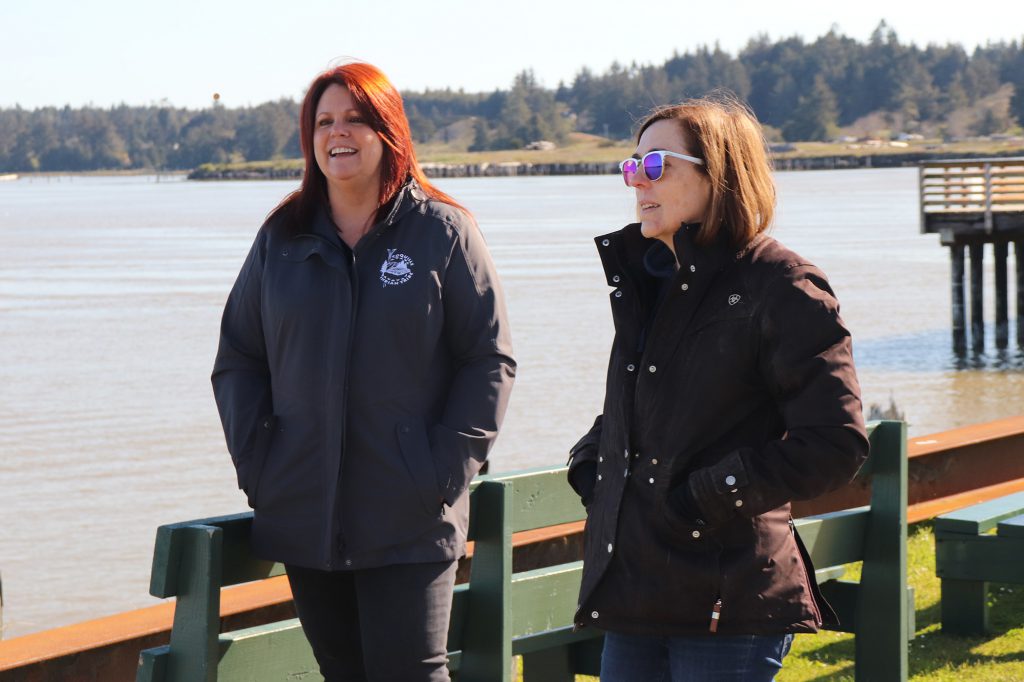
Governor observes tribal projects
Oregon Gov. Kate Brown visited Coos County on Friday, April 15, to check on some recent Coquille Tribe projects.
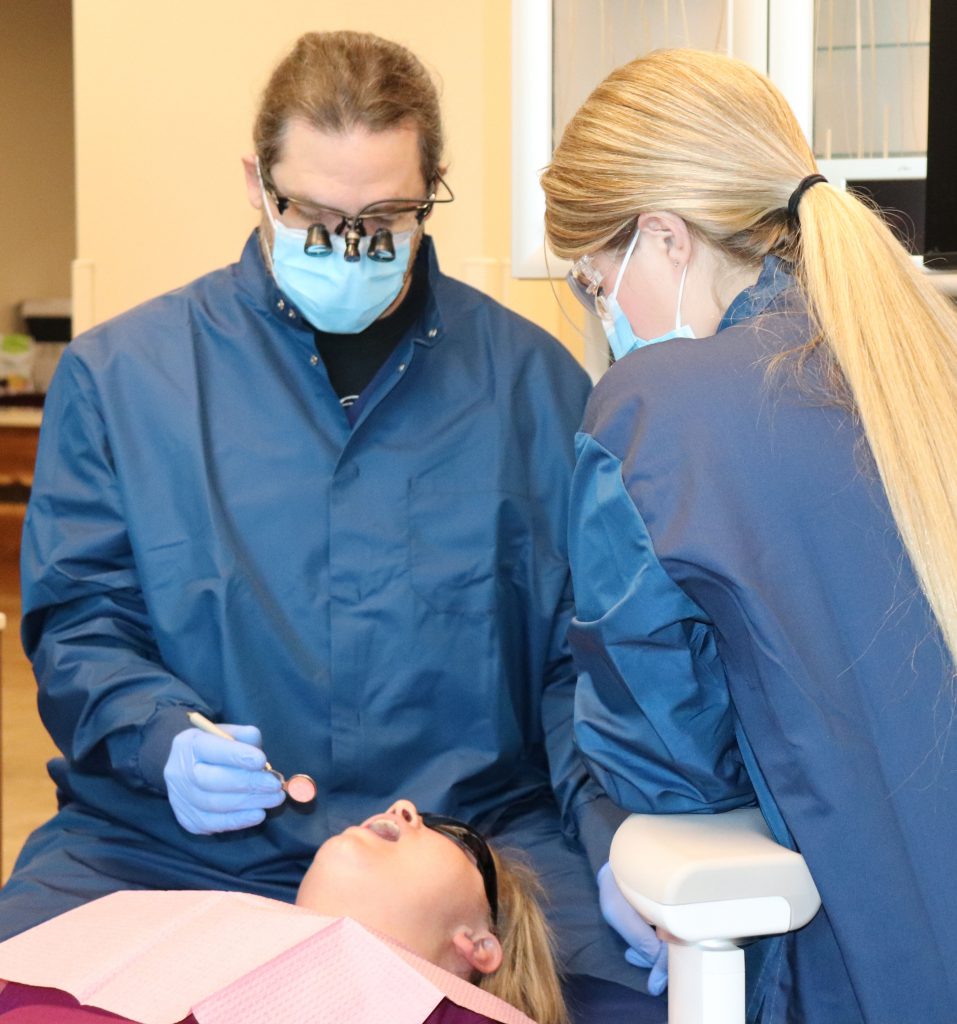
Dental patients at the Ko-Kwel Wellness Center in Coos Bay are benefiting from a new approach to treatment.
BANDON – More than 500 hours of work paid off with an eightfold increase in the Bandon Hatchery’s 2021 collection of fall Chinook salmon brood stock.
In 2020, the state-owned hatchery secured only three breeding pairs of the iconic but increasingly scarce fish. With help from Coquille Tribal employees and community volunteers, the number rose to 24 pairs in 2021.
“This is something to celebrate,” said tribal Chairman Brenda Meade. “This is an accomplishment.”
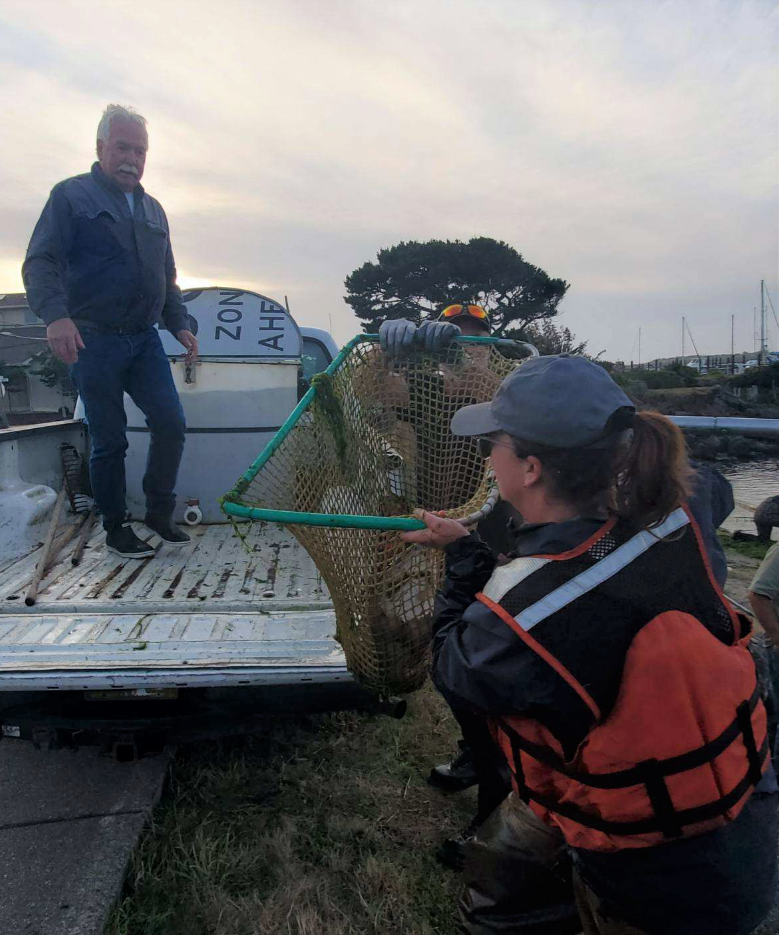
The Coquille River’s fall run of Chinook salmon is an ancient and treasured resource for the tribe, but numbers of fish returning from the ocean have crashed in the past decade. After the Coquille Tribal Council declared an emergency this summer, the tribe partnered with the Oregon Department of Fish and Wildlife in a campaign to rescue the fishery.
The project missed the tribe’s goal of 70 breeding pairs, mainly because female salmon were in short supply. Many of the 88 captured males will die as bachelors. Helena Linnell, the tribe’s biological planning and operations manager, blamed the imbalance on “the luck of the draw.”
Still, 2021’s increased brood stock is encouraging. With 24 female fish averaging 3,400 eggs each, the hatchery will produce dramatically more juvenile fish – known as “smolts” – than in recent years.
Photo: Tribal biologist Helena Linnell helps hoist a newly netted salmon to the waiting hands of Tribal Council member Don Garrett. He’ll put the fish in a tank for transport to the hatchery.
To make that possible, tribal staff members and community volunteers spent long hours in and on the river. They herded and netted adult salmon, they worked alongside ODFW’s hatchery staff, and they “electrofished” for invasive predators, to create a more hospitable home for smolts.
With 2021 finished, the tribe’s attention has turned to 2022.
Salmon hatch in rivers but mature at sea, returning as adults to spawn and die. Linnell said 2021’s efforts focused on “harvest augmentation” – breeding and releasing more hatchery-produced smolts. Doing so yields more adults for tribal members and sportsmen to catch, but it doesn’t restore the native population of wild fish.
The tribe advocates a more ambitious agenda in 2022 and beyond, including long-term enhancement of upstream habitat for wild salmon to spawn and smolts to grow.
Habitat enhancement means lowering water temperature and reducing sediment, by planting trees and altering agricultural practices. Those goals depend on the cooperation of willing landowners, but even incremental changes would be a “gigantic” step, Linnell said.
More electrofishing is also on 2022’s agenda. Electrofishing uses a specially equipped boat to shock invasive smallmouth and striped bass, so that they can be scooped up and eliminated. The more bass are killed, the more smolts can survive to adulthood.
Linnell emphasized that salmon restoration requires collaboration among state and local agencies, private organizations and the public. Meade expressed gratitude to the many groups and individuals who have stepped up as community partners.
“We have had tremendous outreach from the community,” Meade said.
To make a difference for future generations of fish and humans, those efforts will need to continue.
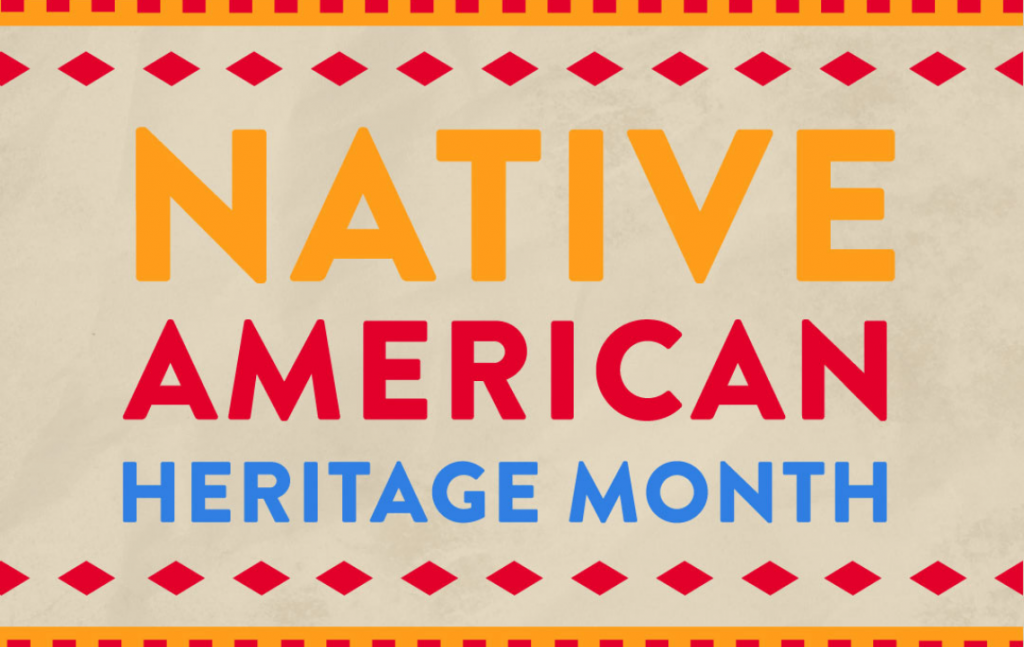
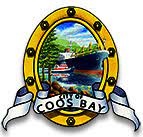
The Coos Bay City Council has proclaimed November as Native American Heritage Month.
Nov. 2, 2011
The Coquille Indian Tribe has a new chief and a new secretary-treasurer after recent elections.
Chief Jason Younker, a University of Oregon faculty member, was sworn in on Oct. 29. Jackie Chambers, who previously managed the tribe’s community grants program, was sworn in as secretary-treasurer.
Younker replaces Chief Don Ivy, who died in July. As chief, Younker will hold one of seven seats on the Coquille Tribal Council, while serving as the tribe’s cultural and spiritual leader and voice.
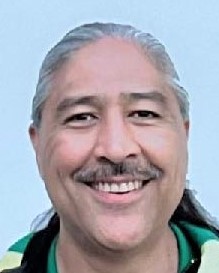
Younker grew up on the shores of Coos Bay’s South Slough. He holds three graduate degrees, including a doctorate in cultural anthropology. He is an associate professor of anthropology at the University of Oregon, where he also is an assistant vice president and assistant to the president for tribal sovereignty and government-to-government relations.
He chairs the board of Oregon’s Chemawa Indian school and is past president of the Association of Indigenous Archaeologists.
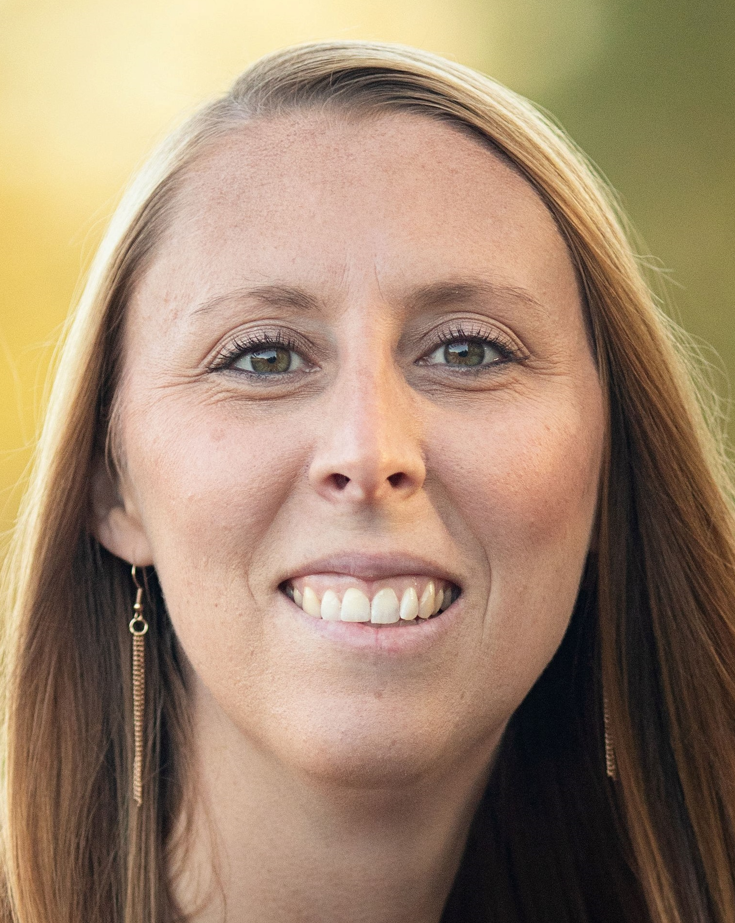
Chambers, a lifelong Coos County resident, is devoted to serving and strengthening local communities. Before her election to the Tribal Council, she served the tribe as administrator of the Coquille Tribal Community Fund, which awards hundreds of thousands of dollars in grants each year.
She also is a co-founder and president of Charleston Fishing Families, a nonprofit that helps commercial fishing families in times of need. She graduated from the Bay Area Chamber of Commerce’s Leadership Coos program in 2020.
She replaces former Secretary-Treasurer Linda Mecum, who retired after seven years on the Tribal Council.
Along with Chambers and Younker, two Tribal Council incumbents were sworn in for new terms. Chairman Brenda Meade and Rep. Laurabeth Barton both retained their seats in recent elections.

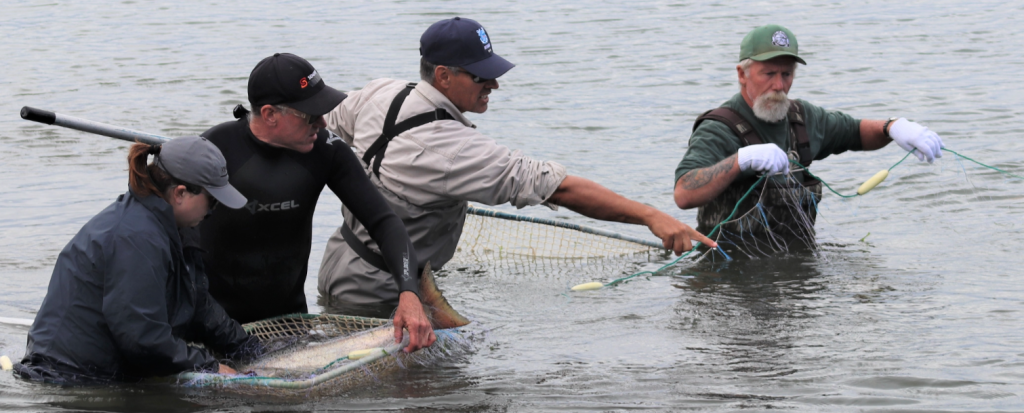
BANDON, Ore. – “Buck.”
“Buck.”
“Jack.”
“Buck.”
Tuesdays are spawning days at the Bandon Hatchery, and Manager David Welch is sorting salmon. Waist-deep in a holding pond, he catches fish in a net, glances at each one, and tosses it into a pen.
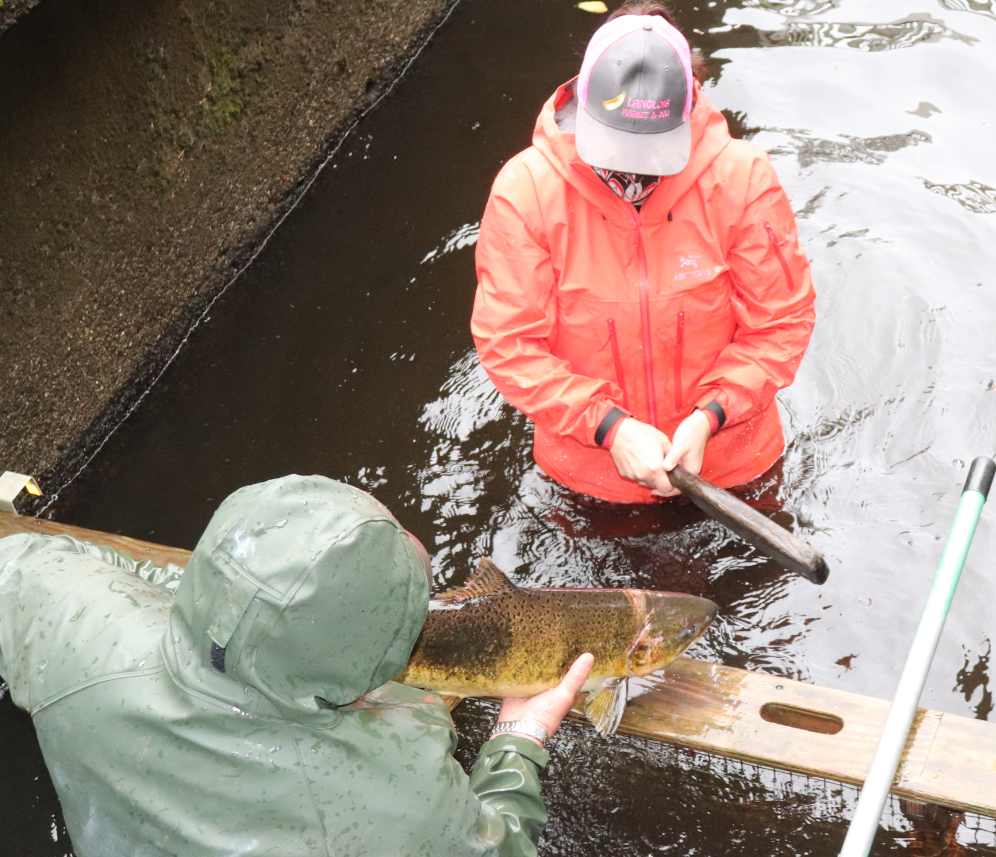
Adult male “bucks” go into one pen. “Jacks” – overeager male adolescents that swam home a year early – go in another. “Green” females, still a few weeks premature for spawning, land in yet another.
When Welch finds a fully mature, spawning-ready female, he holds her up for helper Kassandra Rippee. Armed with a wooden club, Rippee steels herself for her task.
This is the chilly, wet, sometimes bloody business of saving the Coquille River’s fall Chinook salmon. Two months ago, the Coquille Indian Tribal Council declared an emergency, pledging the tribe’s resources to save the alarmingly depleted fishery.
Rippee is the tribe’s archaeologist and historic preservation officer. On this day, however, she and two other tribal employees are fish wranglers, partnering with the Oregon Department of Fish and Wildlife’s hatchery team.
Tribal employees, tribal members and other volunteers were busy throughout October, mostly gathering fish for the hatchery. Sometimes they stretched nets across creek channels. Other times they waded upstream, herding fish ahead of them – and away from the threat of hungry seals.
The tribe’s project, led by tribal biologist Helena Linnell, is showing promise. At the end of October, 81 salmon had arrived at the hatchery. That’s a long way from the goal of 70 breeding pairs, but it far exceeds 2020’s total of just 16 fish. And the season is not yet finished.
Another bright spot: The presence of 13 jacks suggests a stronger run in 2022, when those jacks’ brothers and sisters will show up as adults.
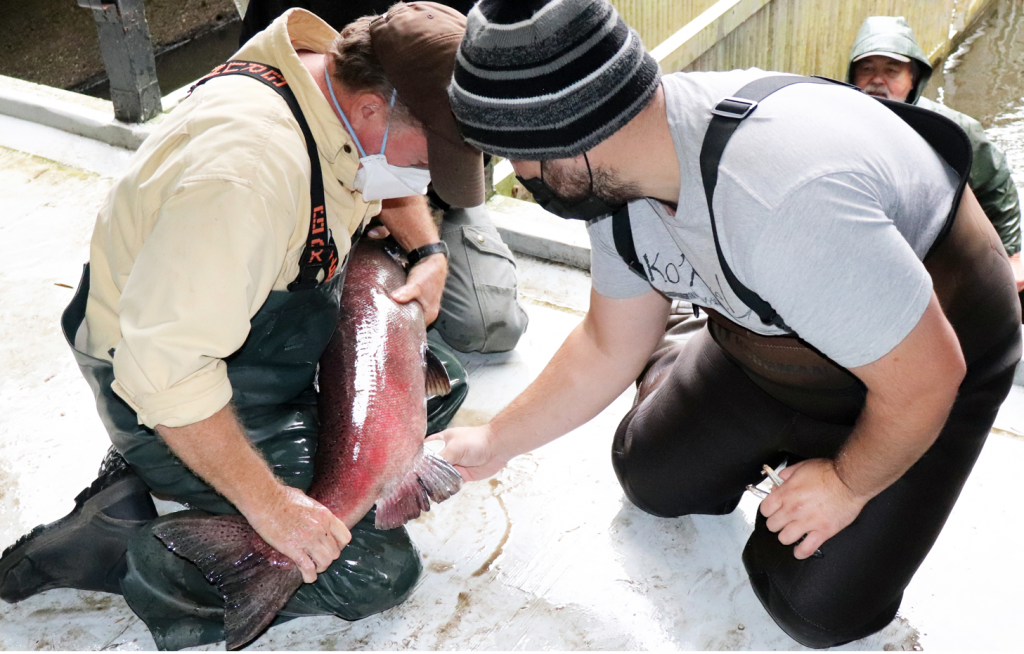
At the hatchery, Welch leads the crew through a time-honored procedure. Three female salmon are ready for spawning today. So Rod Knoebel, an ODFW senior technician, squeezes sperm from three adult males. Todd Martin, a tribal spouse who works with Rippee in historical preservation, catches the liquid in separate paper cups.
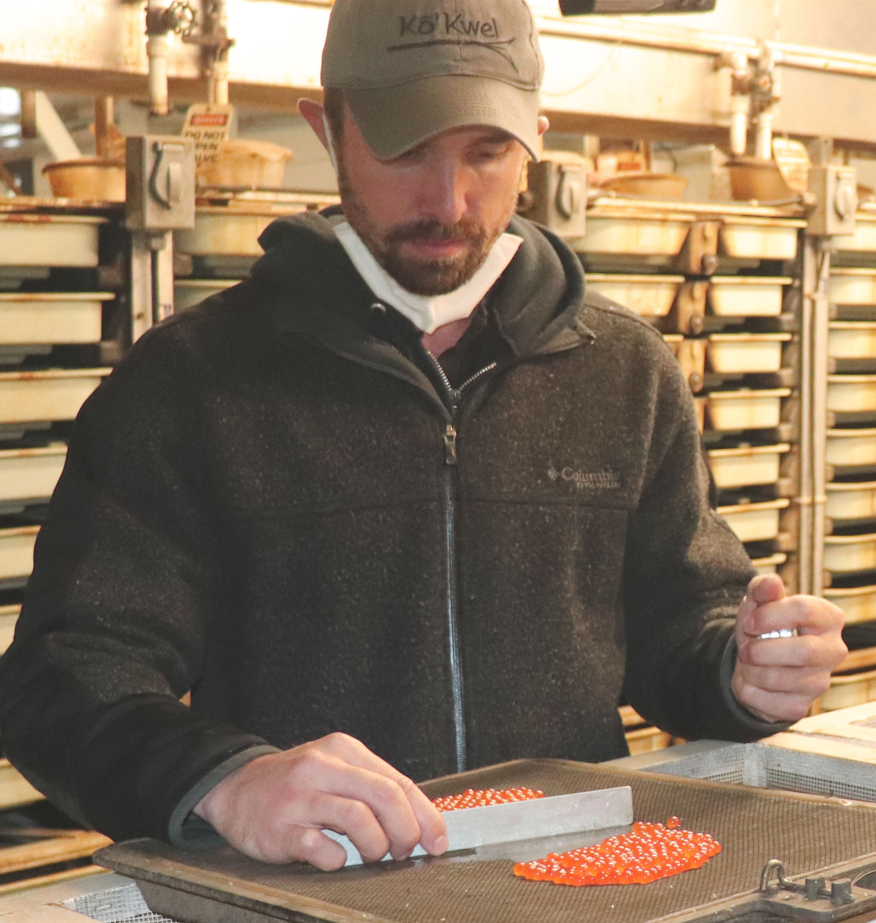
Next, Welch and Knoebel harvest eggs from the three lifeless females – typically between 2,000 and 5,000 per fish. Each batch is separated into three plastic dishes, to be fertilized with sperm from all three males. This process, Welch explains, creates nine parent groups, maximizing the new salmon generation’s genetic diversity.
Whether in the wild or in a hatchery, spawning is the final act of a salmon’s life. After collecting tissue samples for laboratory testing, Welch will return the carcasses to the river, to decompose and nourish new life.
The hatchery normally has three employees, but one position is temporarily vacant. So the tribe’s collaboration is particularly welcome.
“I don’t know where we’d be without that,” Welch says.
Tribal employees are clearly passionate about the work. Biologist Linnell and technician Kristopher Murphy have worked long hours throughout October. Murphy, a tribal member, estimates 10-15 hours a day, with rarely a day off. But no complaints.
“I’m all for it,” he says. “I want to help as much as I can.”
Linnell, a 15-year veteran of fisheries work, agrees: “This is a labor of love and one I am very passionate about. I will work as hard as I can, so we can once again harvest fall Chinook and see more of them back on the spawning grounds.”
Fish wrangling will continue through November. Prospective volunteers should email [email protected].
Tribal staff member Todd Martin, right, works with ODFW’s Rod Knoebel to collect sperm from a male salmon. The salmon’s red color indicates its readiness for spawning. Behind him, Hatchery Manager David Welch watches from a holding pond.
With clicker in hand, tribal member Kristopher Murphy counts salmon eggs at the Bandon Hatchery.
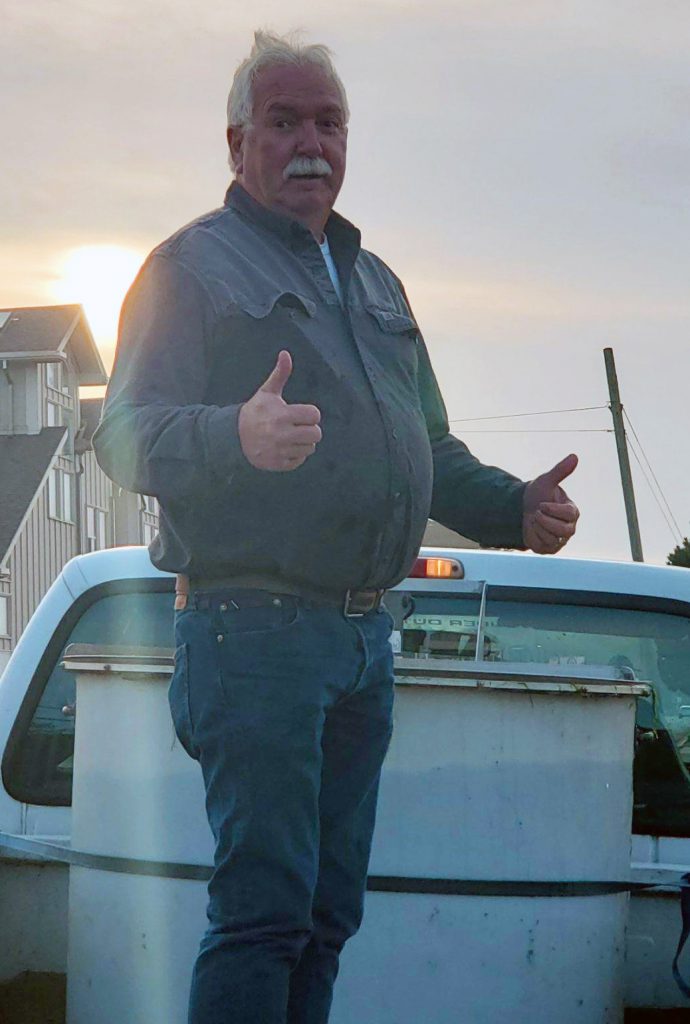
A hopeful start for 2021 spawning
Coquille River salmon run needs robust brood stock
BANDON – A rarely used technique gave a welcome boost to early prospects for successful salmon spawning in the Coquille River.
Coquille Indian Tribe employees and community volunteers gathered Tuesday, Sept. 28, in downtown Bandon, where Ferry Creek enters the Coquille River. Using a wide net, they corralled six adult Chinook salmon for delivery to the Bandon Hatchery.
“As we know, the numbers of returning fall chinook have drastically declined to record-setting lows,” said Helena Linnell, the tribe’s biological operations and planning manager. “And so, the effort to secure brood stock is vitally important to making sure that this fishery continues into the future for the next seven generations.”
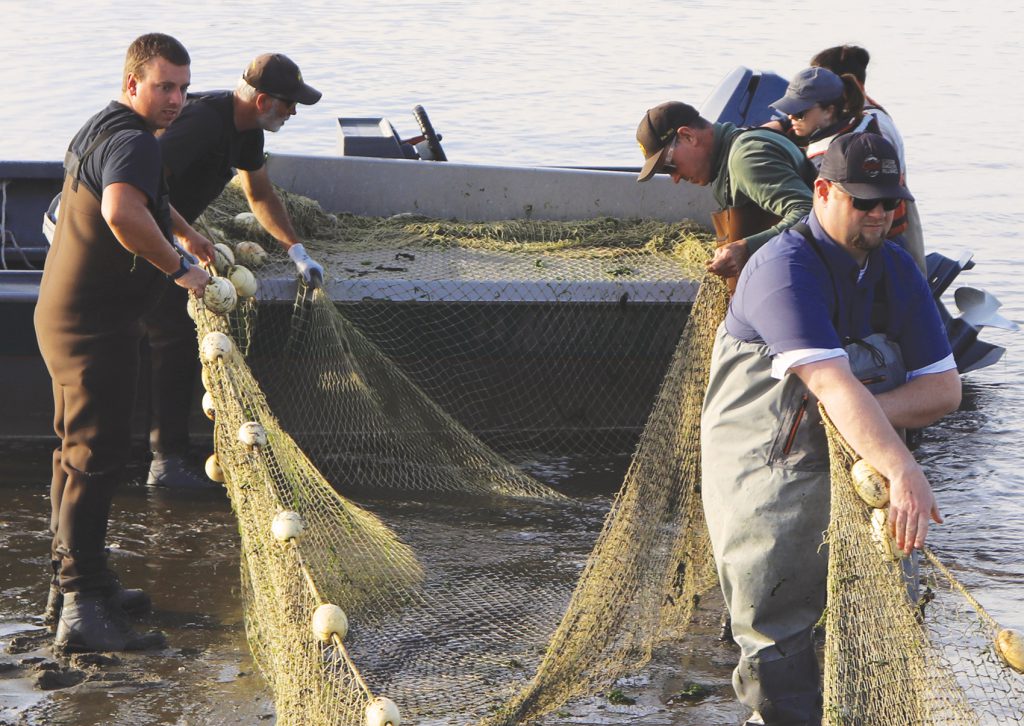
Above, Tribal Council member Don Garrett celebrates a successful evening of salmon seining.
At left, volunteers haul in the net.
Last year, just 16 fall Chinook reached the Bandon Hatchery to spawn. Linnell called this week’s event “a great first step.” She and other officials hope the six captured fish are the vanguard of a more robust 2021 spawning season.
Fall Chinook salmon have grown so scarce on the Coquille River that the Oregon Department of Fish and Wildlife allowed no Chinook fishing this year. The tribe, alarmed by the salmon run’s decline, recently proposed to co-manage the salmon fishery, offering its own resources to augment ODFW’s budget.
The Sept. 28 event was an example of increasing collaboration to save the fall run. The occasion attracted an assortment of tribal employees and community volunteers, including local port officials and members of the Oregon Anglers Alliance. ODFW provided a specially equipped boat, the net, and a truck carrying a holding tank.
The net, known as a seine, is long and narrow, with floats at its top and weights on its bottom. Linnell and a helper deployed it from a boat, and men in waders dragged it through the shallows. They formed a moving, flexible fence, slowly herding the fish toward shore.
With the salmon increasingly boxed in, team members gently caught each fish in a landing net. Then they hustled it up the beach to the truck. The six salmon were deposited in the Bandon Hatchery’s holding pond, about two miles upstream.
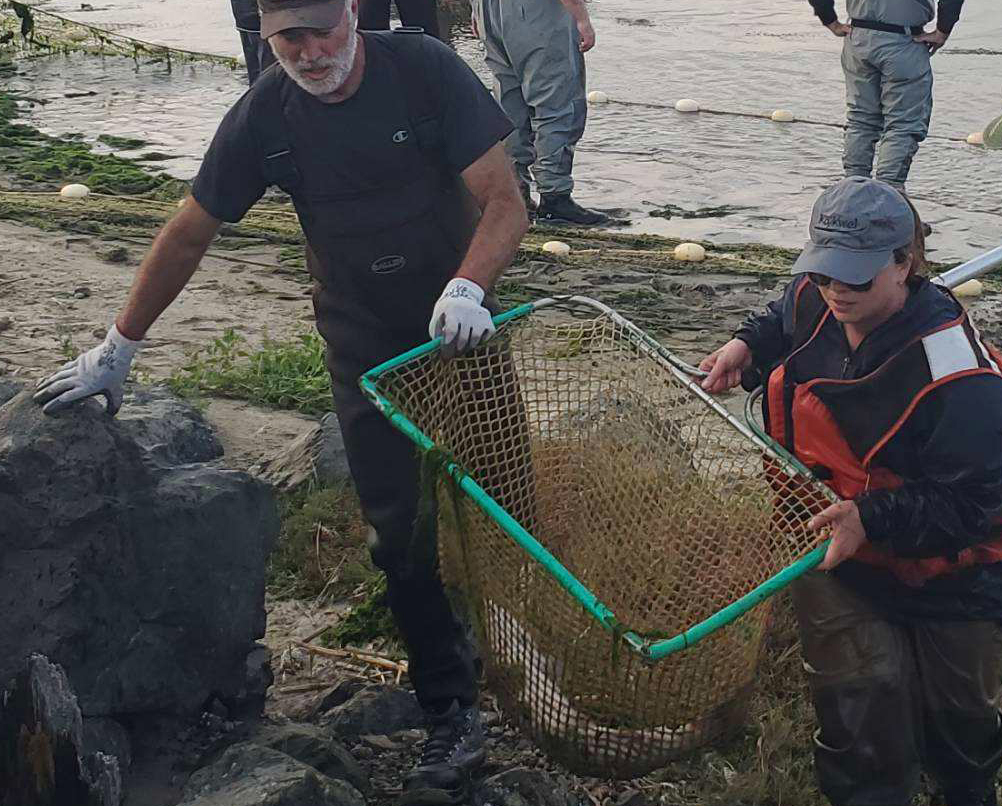
Tribal biologist Helena Linnell, aided by Bandon Port Manager Jeff Griffin, totes a salmon to a holding tank.
Seining salmon for brood stock is an unusual tactic in salmon management, and using it shows just how concerned biologists are about the Coquille River’s fall run. With increased water temperatures and predatory seals to contend with, fish that gather at the mouth of the creek might or might not reach the hatchery on their own.
“We had the opportunity to take some of those early returners and get them out of an inhospitable situation,” said tribal Chairman Brenda Meade.
Meade, whose ancestors regarded salmon as their own seagoing cousins, was delighted by the season’s hopeful start.
“It was the first sign of our relatives returning,” Meade said.
The bulk of the fall run normally comes in early October. As the spawning season proceeds, the Coquille Indian Tribe plans to recruit and deploy more volunteers.